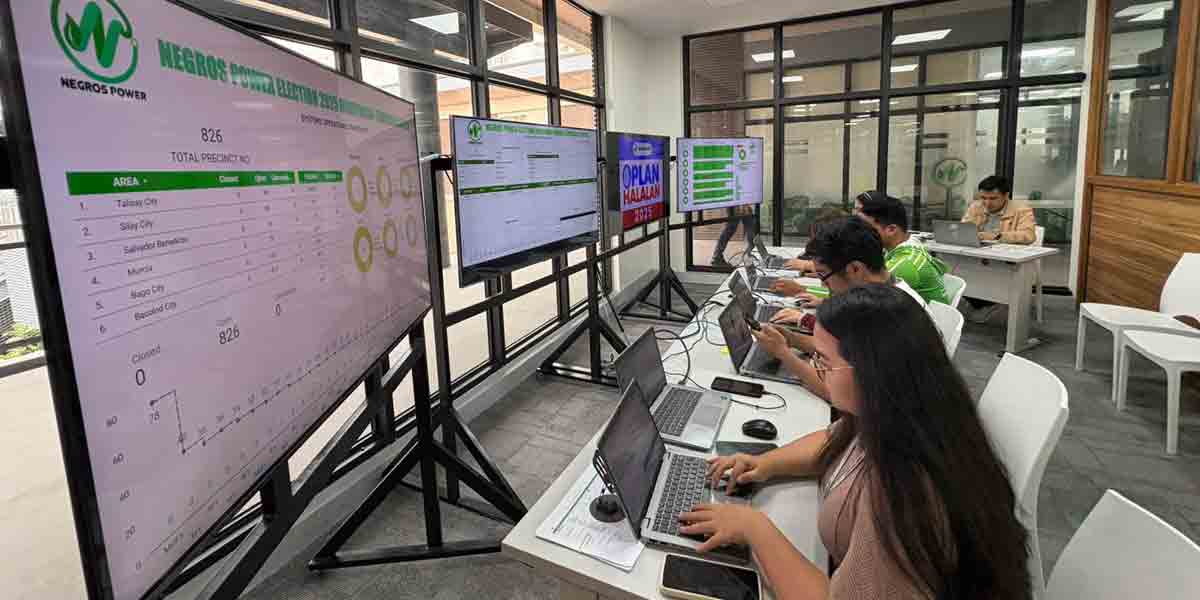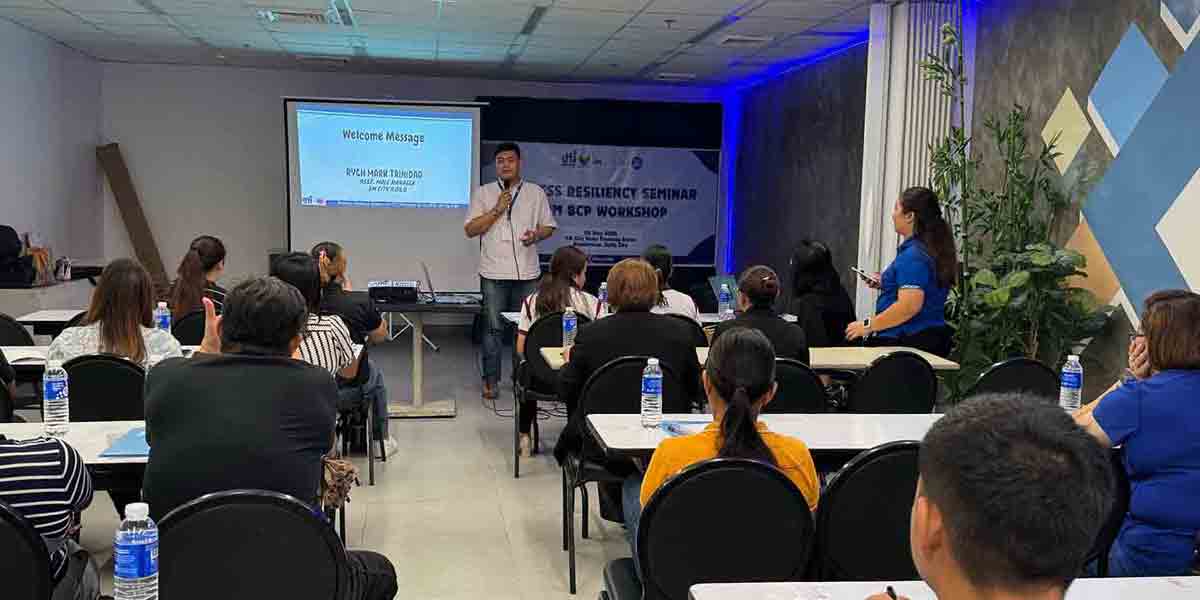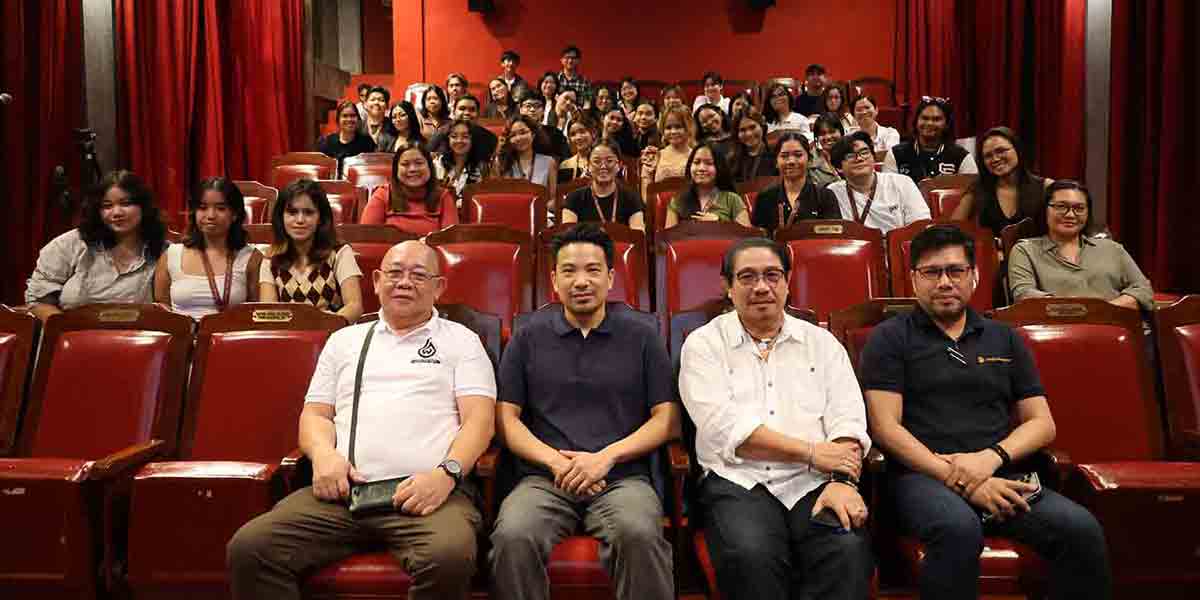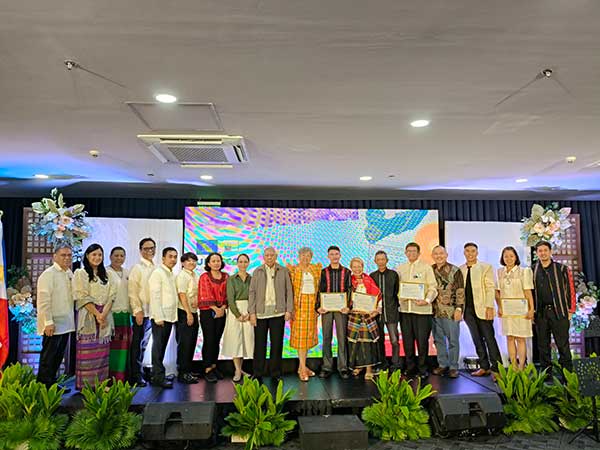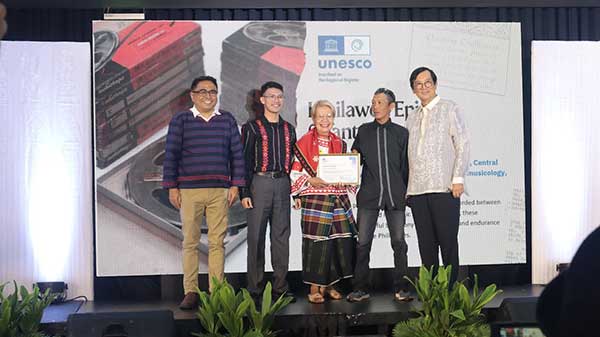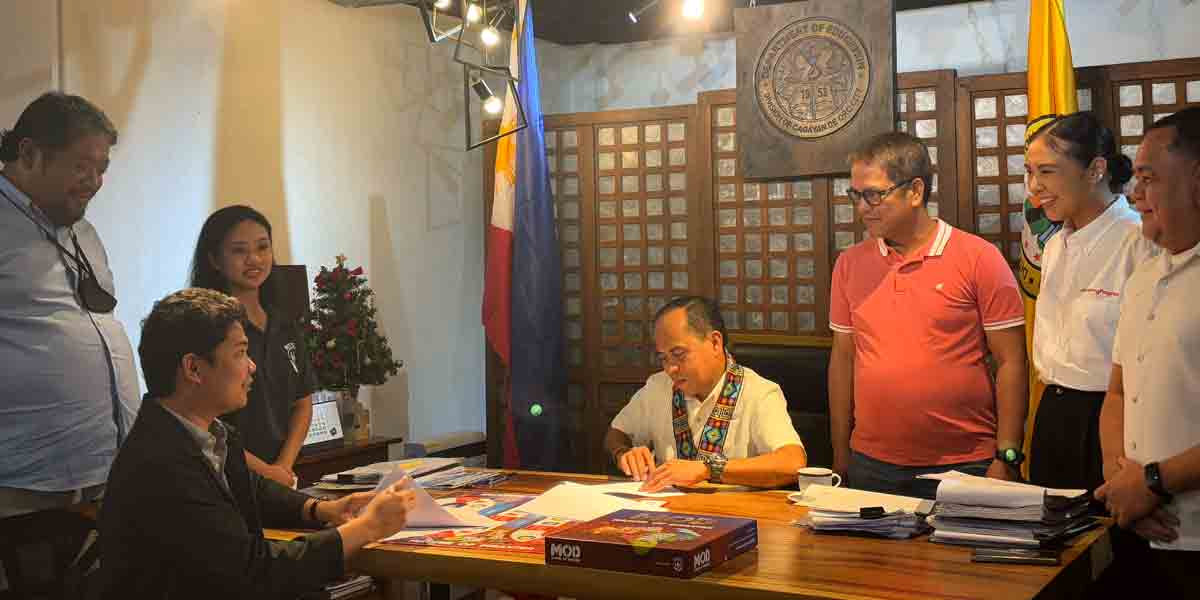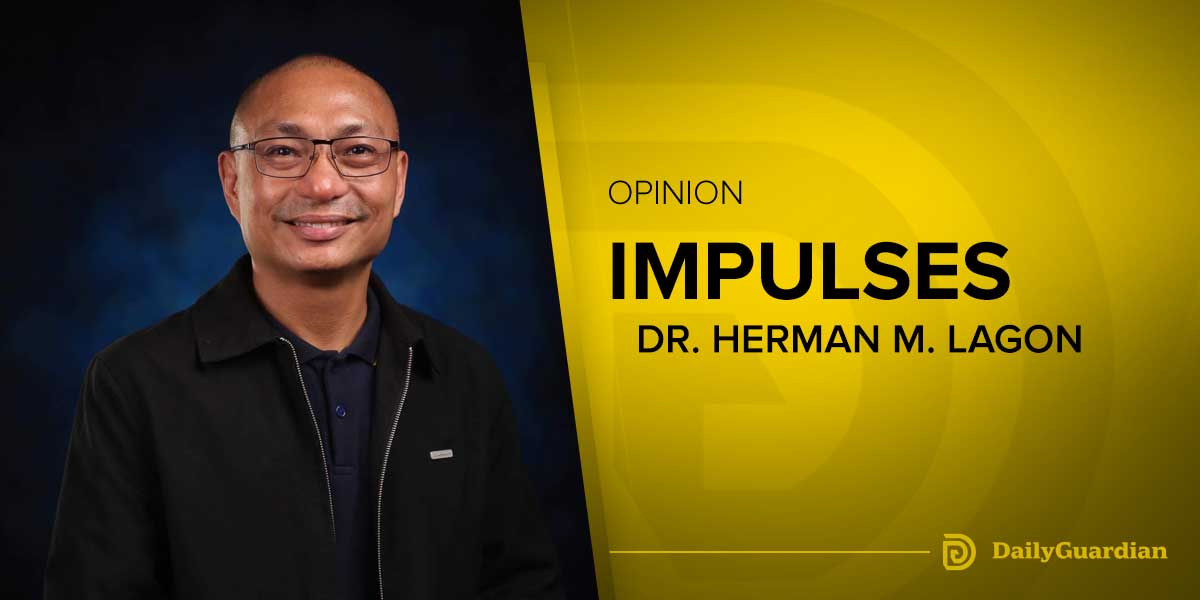The UNESCO Philippine Commission has recognized the National Museum of the Philippines as one of the official stewards of the Hinilawod Epic Chant Recordings during a ceremony held April 29, 2025, at the Department of Foreign Affairs.
Atty. Ma. Cecilia U. Tirol, Director II of the Visayas National Museums, and Maricyn A. De los Santos, officer in charge of NMP Iloilo, received the certificate of recognition from Dr. Ivan Anthony Henares, secretary-general of the UNESCO National Commission of the Philippines (UNACOM), and Prof. Nicolas “Nick” Deocampo, chair of the National Memory of the World Committee.
Atty. Tirol and Danette Megalbio of the Ethnology Division also received a separate certificate for their work on the Philippine Paleographs—Hanunoo, Buid, Tagbanua and Pala’wan—housed at the National Museum of Anthropology.
The recognition was part of the launch of the UNESCO Memory of the World Programme.
A key feature of the event was Pagpaparangal sa Pambansang Pamanang Dokumentaryo, a tribute to the stewards of nine Philippine documentary collections inscribed in the UNESCO MoW International, Regional and National Registers.
Honorees included National Artist Ramon Santos, descendants of Iloilo’s epic chanters, and key institutions such as the National Library of the Philippines, Culion Museum and Archives, UP Center for Ethnomusicology, Central Philippine University and families of notable figures like President Manuel L. Quezon, National Artist Eddie Romero and cinematic icon Fernando Poe Jr.
The Hinilawod Epic Chant Recordings
The Hinilawod Epic Chant Recordings is one of two recent Philippine inscriptions in the Memory of the World Committee for Asia and the Pacific (MOWCAP) Regional Registry.
The collection features the Hinilawod, or epics of Panay, recorded on magnetic tape from 1956 to 1957 by anthropologist Dr. Felipe Landa Jocano, in collaboration with Panay Bukidnon epic chanters “Ulang Udig” of Lambunao, Iloilo, and Narcisa “Hugan-an” Lingaya of Tapaz, Capiz.
Hinilawod tells the stories of the Halawodnon people of the Halawod River, which runs through the central mountains of Panay and several towns in Iloilo province.
The term comes from the Visayan root word lawod, meaning sea, deep or vast water.
Also called Sugidanon, the epics are owned by the Sulod people, now known as the Panay Bukidnon—the largest Indigenous group on Panay Island.
They inhabit the mountainous areas of Iloilo, Antique, Aklan and Capiz in central Philippines.
UNACOM noted that the value of the Hinilawod lies not only in its content but also in how it captures the performance aspect of oral tradition—often lost in written records.
“These recordings, housed in both original and digitized formats, reflect the worldview and cultural identity of an Indigenous community that has remained largely untouched by external influences,” UNACOM said in its citation.
A total of 15 epics were preserved in the collection, all chanted in archaic Karay-a.
The original and digitized recordings are archived at the Henry Luce III Library and Archives of Central Philippine University, the Filipinas Heritage Library of the Ayala Museum and the UP College of Ethnomusicology.
Among the epics are Labaw Donggon, Humadapnon, The Triplets, Mag-idan and Akiton, Bangkaya, Tarangban, Pagbalukat ka Biday, Hungaw, Ginlawan, Alayaw, Buruhisan, Pawikan, Kalampay, Sarandihon and Sagnay Lunok.
In 2024, NMP Iloilo marked the 67th anniversary of Hugan-an’s recordings with Dr. Jocano by gathering the descendants of “Hugan-an” and “Ulang Udig” from Tapaz, Capiz, and Lambunao and Calinog, Iloilo.
NMP Iloilo continues to promote awareness of the epic chants through educational efforts tied to the exhibition Haból Panay: The Woven Artistry of Western Visayas, which features panubók, the traditional embroidery of the Panay Bukidnon.
Meanwhile, the UNESCO MoW Programme is a global initiative that identifies, preserves and provides access to humanity’s most valuable documentary heritage.
It covers rare books, photographs, audiovisual materials, scientific records and digital files, and aims to prevent what UNESCO calls “collective amnesia” by protecting the world’s cultural memory.




